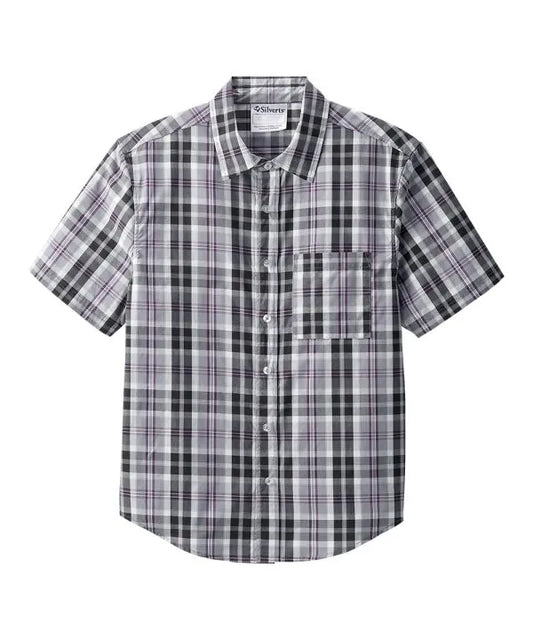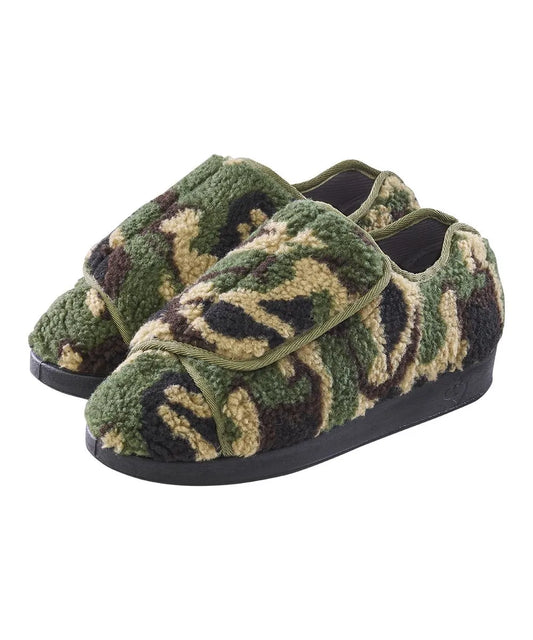Written by Saahil Sheth & reviewed by Nicole Fernandes
Adaptive clothing is a relatively new term in the world of fashion, but it's swiftly becoming more mainstream. It encompasses a range of clothes and shoes specifically designed to meet the needs of those with various physical disabilities, the elderly, and anyone with unique needs that traditional clothing does not cater to1. With its increased popularity, more and more brands are introducing adaptive clothing lines, making it easier for consumers to find options that meet their needs without compromising on style or comfort. This blog post will guide you through the critical features to consider when buying adaptive clothing, ensuring a perfect fit for your lifestyle.
Comfort and Ease
When it comes to clothing, whether adaptive or not, comfort is crucial. Adaptive clothing aims to make the wearer feel as comfortable as possible, irrespective of their physical condition, mobility challenges, or specific needs. The emphasis is on soft, breathable, and stretchy materials that will not irritate the skin or cause discomfort2. Fabrics such as cotton, bamboo, and modal are popular choices due to their softness and breathability.
Adaptive clothing also often includes modifications to traditional clothing designs, like additional fabric allowance to accommodate orthotic or prosthetic devices. It's not unusual to find clothes that have seams positioned to avoid potential pressure points that can cause discomfort for wheelchair users or those who need to remain in a bed or a seated position for extended periods.
Equally important to comfort is the ease of use. These clothes typically have Velcro, magnetic buttons, or zippers instead of conventional buttons or hard-to-manage clasps, and they may also have features like open backs or side openings to make dressing easier3. These designs are mindful of individuals who may struggle with fine motor skills, making the act of dressing and undressing less of a chore and more of a simple task.
Functionality
Functionality is at the heart of adaptive clothing, with each individual's needs dictating the features required. For instance, those with mobility challenges might seek clothes with wide openings for easier dressing, along with Velcro or magnetic closures for ease. Seated-wear designs are particularly important for wheelchair users, as these clothes are specifically designed to look and fit well when seated4.
For those looking for dementia-friendly clothing, certain designs offer rear closures to prevent disrobing, a common issue in dementia care5. Sensory-adapted clothing is another subset within this realm, with clothes designed to avoid irritating tags and seams while using soft, comfortable fabrics, which are ideal for individuals with sensory processing disorders.

Style
Adaptive clothing does not have to be drab or strictly utilitarian. Many brands are rising to the challenge of creating adaptive garments that serve their purpose while still being stylish and allowing the wearer to express their personal fashion sense6. With options ranging from casual wear to formal attire, adaptive clothing is breaking down barriers and challenging norms in the fashion industry.
A part of this style consideration extends to the need for diversity in clothing options. It's not only about having different colours and patterns to choose from but also ensuring there are options for different ages, genders, and cultural preferences. After all, fashion is a means of self-expression, and everyone should be able to find adaptive clothing that suits their style and allows them to express their personality.

Durability
Given that adaptive clothing serves a specific need and might be subject to more rigorous wear and washing routines, durability is a crucial factor. These garments must withstand repeated use and washing without losing their shape, functionality, or colour. When shopping for adaptive clothing, look for high-quality materials and robust construction. Brands with a good reputation for quality and durability are often a safe bet.

Customizability
Customizability is an invaluable feature in adaptive clothing. Some companies offer custom-made adaptive clothes to accommodate specific needs. For instance, if you have a limb difference, you might prefer a company that tailors their designs to your measurements. This not only ensures a perfect fit but also optimizes the garment's functionality for your unique needs.
Accessibility and Availability
When it comes to adaptive clothing, even the best products aren't helpful if they're difficult to purchase. Therefore, accessibility and availability are vital. Look for brands that offer online shopping, complete with detailed descriptions, sizing charts, and customer reviews to help make an informed choice. Additionally, consider shipping options and return policies to ensure that the process is as smooth and risk-free as possible.
Cost
Finally, consider the cost. While some adaptive clothing can be pricey, it's possible to find affordable options that offer the necessary features. It's important to remember that this type of clothing is an investment in your comfort and independence. Many find it well worth the cost, but it's still vital to shop around and find items that fit within your budget while still meeting your needs.
In conclusion, selecting the right adaptive clothing involves careful consideration of your unique needs. It's not just about ease and functionality but also about self-expression, confidence, and overall quality of life. So, when shopping for adaptive clothing, remember these key features to help find your perfect fit.















